FOR STUDENT CENTRE AS A COMMON GOOD
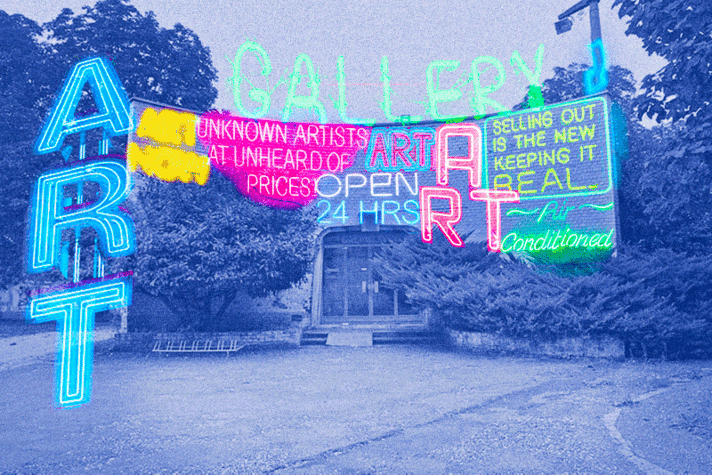
2013 / 2014
Project For Student Centre as a Common Good focuses on the institution’s transition. In order to explore the potential strategies of resistance against the dominant discourse, which sees the transition from the concept of social ownership to the neoliberal capitalist model as the only possible future and, subsequently, against the quite probable privatization of SC, we have extended our research launched for UrbanFestival12. In our analysis, we have focused on the crucial years of 1991 and 2000, tracking the way in which the structures and conceptual-programmatic changes of the time have influenced the present-day situation. Thereby we have approached SC as a whole and culture as one of the many segments composing the larger structure, which may be considered as a machinery. Our aim has been to establish in what context the “student services” (jobs, alimentary subsidies, lodging) could be or actually are connected with cultural production. We are of the opinion that this sort of perspective on SC is what has been missing for the past 20 years and that it is only through this prism that one may speak of the preservation of SC and culture that it produces as a common good. This perspective has not been missing accidentally, but rather as a screen for disassembling SC as it was established in the socialist period, according to the same pattern that can be recognized in the systematic and intentional destruction of factories.
The project has evolved through research on three topics (1: structural change; 2: potential mobilization points: &TD Theatre, SC Gallery, MM Centre; 3: Culture of change vs. collaboration between sectors), discussed during three meetings of the working group consisting of SC’s employees, curators, artists, and students, with guest experts and formerly active subjects. Archival research, interviews with former subjects, and debates served as a basis for the thematic issue of the cultural biweekly Zarez (ed. Ivana Hanaček, Ana Kutleša, Vesna Vuković). Contributions by Mario Kikaš, Branimira Lazarin, Domagoj Mihaljević, Andrea Milat, and Matija Mrakovčić functioned as the first steps, or an outline, for a more profound systematic analysis, thus paving the way for several key directions that have hitherto been tacitly ignored in any discourse on SC, be it on its historicization, its aesthetic evaluation, or the analyses of its “deficient” financial policies. What mattered to us was to expand the discourse on SC beyond these narrow and detrimental boundaries in order to include the issue of interaction between the crisis in SC and the processes of commodification of student standard of living; to reopen the debate on the role of students, who were once active participants in the production and even organization of SC’s activities, whereas nowadays they are merely their passive consumers; to insist on the social significance of the common good; to outline the representation of SC in the media through an analysis of archival materials; and to draw attention to the student culture in Rijeka as a special case, creating a possibility for “zooming out” from the local level in order to obtain a larger picture defined by the interconnected processes of the precarization of labor (both student and cultural), commodification of culture through an appropriation of student culture as a brand, and privatization of public resources. Texts are accompanied by illustrations by designers Dario Dević and Hrvoje Živčić.
Supporetd by: “Kutura nova” foundation
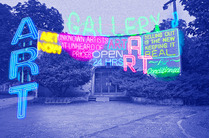
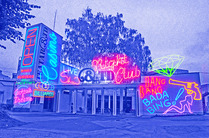
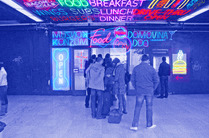
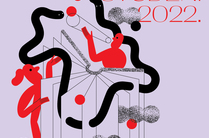 HANDS FULL OF CLOUDS: PARTICIPATORY READING WORKSHOPS IN HIGH SCHOOL DORMITORIES
HANDS FULL OF CLOUDS: PARTICIPATORY READING WORKSHOPS IN HIGH SCHOOL DORMITORIES
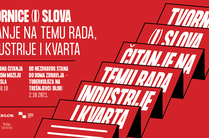 FROM AN UNHEALTHY APARTMENT TO THE COMMUNITY HEALTH CENTER – TUBERCULOSIS IN TREŠNJEVKA
FROM AN UNHEALTHY APARTMENT TO THE COMMUNITY HEALTH CENTER – TUBERCULOSIS IN TREŠNJEVKA
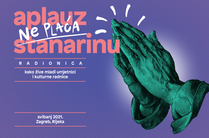 APPLAUSE DOESN'T PAY RENT: HOW YOUNG ARTISTS AND CULTURAL WORKERS LIVE
APPLAUSE DOESN'T PAY RENT: HOW YOUNG ARTISTS AND CULTURAL WORKERS LIVE
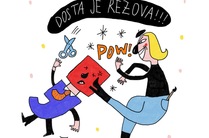 Culture on minimum wage - no go!
Culture on minimum wage - no go!
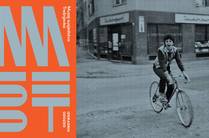 TREŠNJEVKA NEIGHBOURHOOD MUSEUM – BUILDING FROM BOTTOM UP
TREŠNJEVKA NEIGHBOURHOOD MUSEUM – BUILDING FROM BOTTOM UP
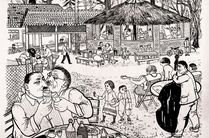 THE ART OF THE COLLECTIVE - CASE ZEMLJA
THE ART OF THE COLLECTIVE - CASE ZEMLJA
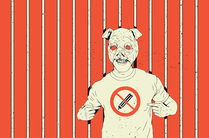 DRAWING POLITICS, THE POLITICS OF DRAWING
DRAWING POLITICS, THE POLITICS OF DRAWING
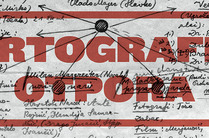 CARTOGRAPHY OF RESISTANCE
CARTOGRAPHY OF RESISTANCE
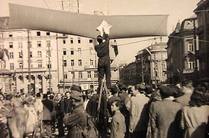 HEROES WE LOVE
HEROES WE LOVE
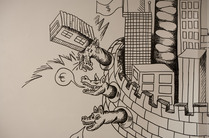 BETWEEN WORLDS
BETWEEN WORLDS
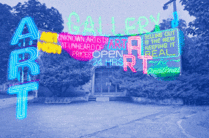 FOR STUDENT CENTRE AS A COMMON GOOD
FOR STUDENT CENTRE AS A COMMON GOOD
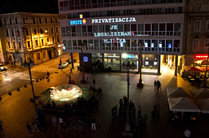 SHIP=CITY
SHIP=CITY
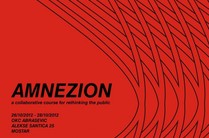 AMNEZION
AMNEZION
 THE DAMNED DAM
THE DAMNED DAM
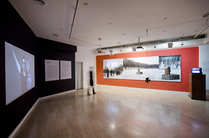 MONEY ETC.
MONEY ETC.
 THE ART OF URBAN INTERVENTION
THE ART OF URBAN INTERVENTION
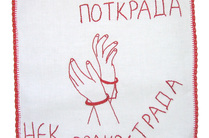 OPERATION: CITY 2008
OPERATION: CITY 2008
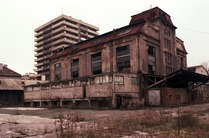 OPERATION: CITY 2005
OPERATION: CITY 2005
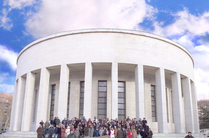 MILK
MILK